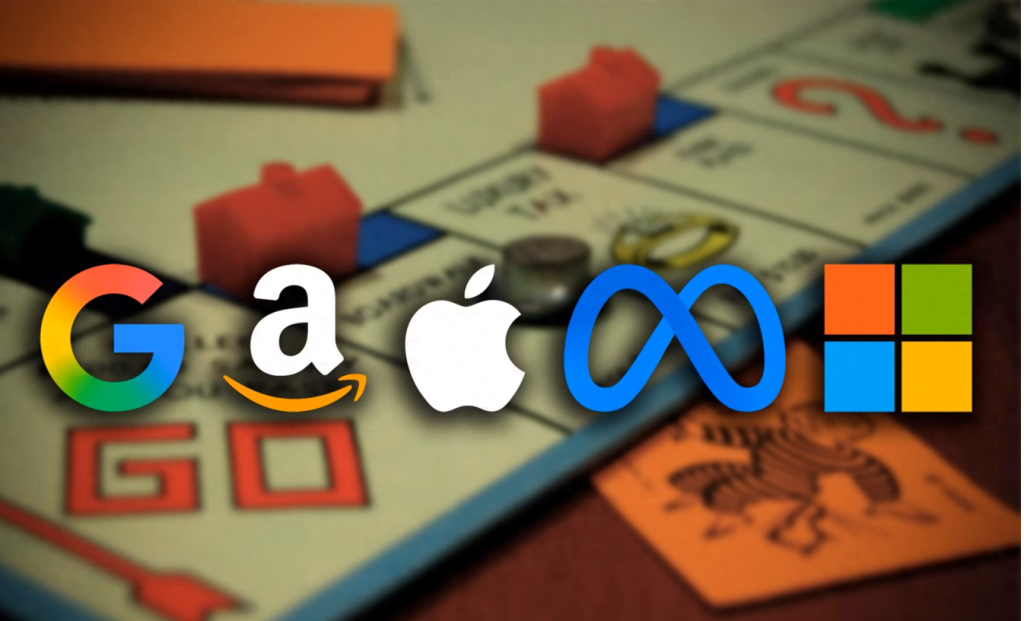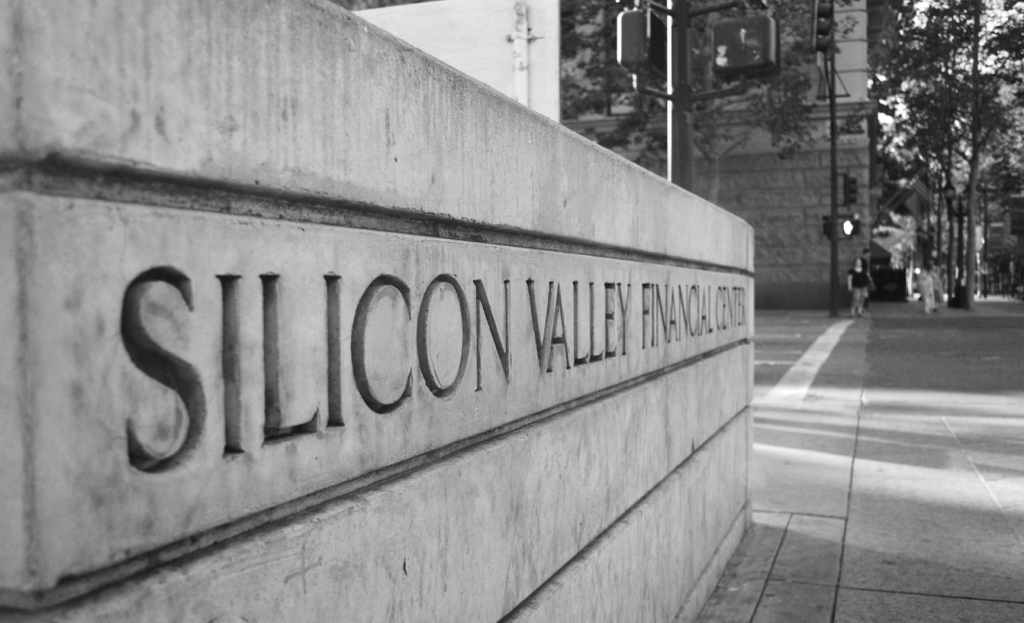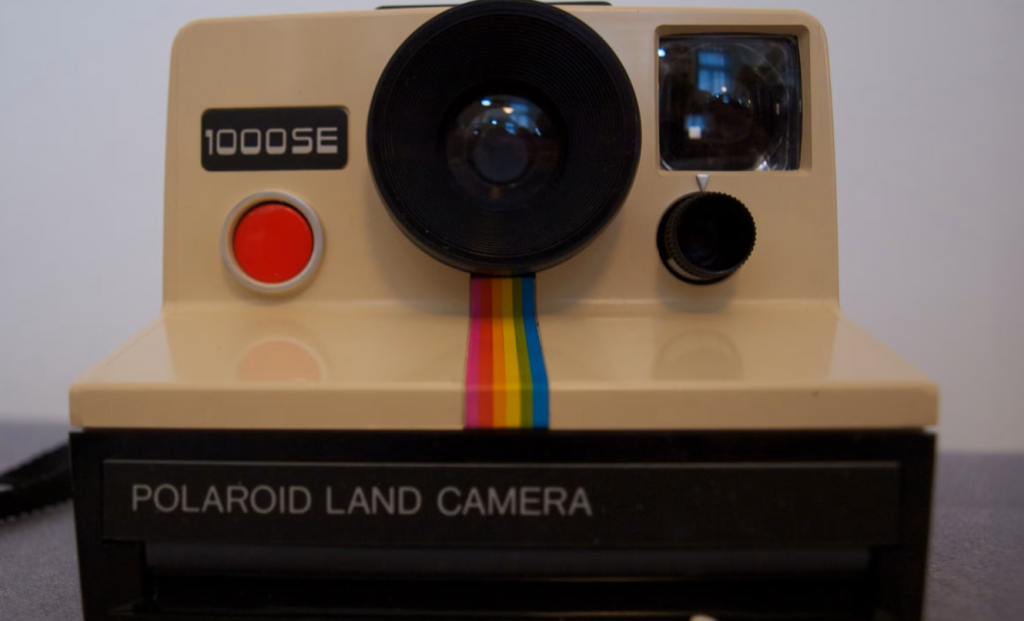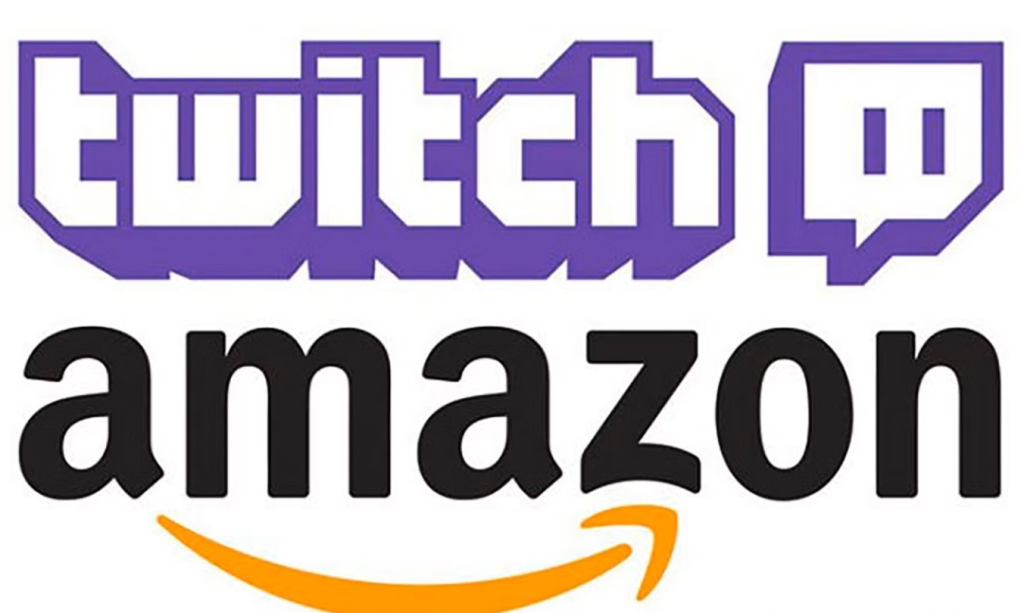The world’s six most valuable listed companies (Nvidia, Microsoft, Apple, Amazon, Google-parent Alphabet, Meta) are all US tech giants. Each boasts a market capitalization larger than the GDP of at least 175 countries.

You’ve likely noticed this shift: Big Tech has increasingly adopted practices that harm user interests in recent years. Subscription models have trapped us into “renting” software we once owned, with companies like Adobe making cancellation processes deliberately cumbersome. Data collection is boundless, leaks are frequent, yet genuine accountability is rare. Meanwhile, regulatory gaps in the US have allowed these homegrown monopolies to balloon to sizes exceeding the GDP of most countries globally.
This transformation starkly contradicts the future consumers envisioned: one of control, privacy, cost savings, and the freedom to walk away. Structural reform is imperative. But how did we get here?
User Ownership is a Threat to Monopoly Profits
For years, users could buy software like Adobe Creative Suite outright, but the price was often prohibitive – in 2013, the last permanently licensed Creative Suite 6 cost ¥7,650 (roughly $1,000 USD today, inflation-adjusted). For many, this was unaffordable without corporate backing.
Subscriptions made high-priced software seem more accessible but replaced ownership with “access.” Now, with Adobe Creative Cloud subscriptions ubiquitous, users pay for everything but own nothing. This is one reason many professionals are ditching Adobe for open-source tools. Conversely, “freemium” models appear free but monetize by harvesting and selling user data for ads, even training AI models.
Our search histories, clicks, writing, social networks, and habits are tracked and sold, fueling this increasingly efficient “extractive system.”

Unlike traditional supply-and-demand markets, today’s users are locked into ecosystems with little say over paid content. Access is governed by obscure user agreements; the digital media you “own” (songs, videos) can vanish; even hardware like computers and phones are designed as consumables – short support cycles, trade-in programs, and upgrade loops keep users perpetually tethered and consuming.
Big Tech can enforce this model due to monopolistic sprawl across sectors:
- Google controls ~90% of global search, dominates browsers (67%) and mobile OS (72%).
- Meta owns three of the world’s top four social platforms (Facebook, WhatsApp, Instagram) and holds 74.6% of the AR/VR headset market.
- Amazon is the de facto “everything store,” while its AWS commands 30% of cloud infrastructure.
When users don’t truly own their tools or data, these companies profit in perpetuity. Their scale is genuinely “nation-state” level, and their extractive nature is systemic – designed to extract maximum value while returning the bare minimum.
How the US Fueled Big Tech’s Rise: The Policy Blind Spot
Most global tech giants were born and operate in the US – but why did they grow so vast?
To some extent, it was by design. As the US outsourced tech manufacturing, its strategy was to reallocate resources and cement global dominance in the digital economy. By lowering production costs and shifting labor overseas, the US focused its energy on software development, digital services, and innovation in compute hardware design, not production.
The US embraced a “pro-innovation” stance, often termed “permissionless innovation,” prioritizing speed and growth over regulation.

In Silicon Valley, the “Move Fast and Break Things” ethos defined an era. Tech firms expanded rapidly with little oversight, acquiring rivals and colonizing new domains. Waves of speculative frenzy saw VCs pour millions into fueling this.
The vast user data they collected created a virtuous cycle: more users → more data → better products → more users → more data. This cycle made it nearly impossible for smaller players to catch up.
On one hand, traditional antitrust laws weren’t designed for digital ecosystems. Regulators grappled with fundamental questions: Is Google Search the same market as YouTube despite different algorithms? Regulators often lumped them into broad “information markets.” How do you prove consumer harm when services are “free”? How do you define competition when one firm controls both infrastructure and digital products?
On the other hand, much of Big Tech’s success stemmed not from internal innovation, but acquisition. Adobe, starting as a PostScript seller, now has ~100 products after acquiring 59 companies and holding stakes in many more. But Adobe pales compared to the true titans:
- Meta began as Facebook. It now controls a constellation of platforms, software, and hardware after acquiring 101 companies – often to eliminate threats or absorb talent, with Instagram a rare acquisition that thrived.
- Amazon started as an online bookstore. It now owns IMDb, Alexa Internet, Audible, Zappos, Goodreads, Twitch, Whole Foods, spanning book retail, media platforms, AI, cloud, gaming, and physical retail after 116 acquisitions by end-2024.
- Google began as a search algorithm. It now offers 800+ products after acquiring at least 261 known companies – though no source claims a complete list.
Virtually nothing slowed their expansion. Today, we face a handful of multinational tech behemoths offering thousands of services with monopolistic positions across multiple industries. Some argue this helped the US maintain its position as the world’s largest economy for over a century. But we must ask: Are these even American companies anymore?
Section 230: The Liability Shield
Section 230 of the US Communications Decency Act (1996) was enacted before Facebook, Twitter, YouTube, or Google existed. It immunizes internet companies from civil liability for user-posted content, classifying platforms as “hosts” rather than “publishers.”
Its original intent was to foster internet growth and free speech online – when the web was nascent. Section 230 granted online service providers broad legal immunity while allowing them to moderate content, aiming to nurture open platforms without stifling innovation.
But as social media came to dominate public discourse, it backfired. Platforms had little incentive to manage harmful or misleading content because they faced no liability. In fact, they often profited – content provoking outrage or emotion boosts engagement and ad revenue. While moderation records vary, all major platforms’ algorithms prioritize traffic over accuracy or user well-being.
The result: Companies profit from harming users without accountability. When platforms fail to enforce their rules or apply them selectively, users have little legal recourse. Section 230 became a key enabler of unfettered platform power, clearing the path for growth and shielding companies from consequences during expansion.
The Rise of Big Tech Monopolies (2001-2017)
In the early 2000s, George W. Bush largely continued Clinton’s hands-off approach to tech, allowing major mergers to proceed with minimal scrutiny. The core focus was accelerating US dominance in the emerging digital economy, not regulating its structure. Antitrust enforcement was noticeably weak, laying the groundwork for unchallenged monopolies.

Under Obama, this trend continued and even intensified. Despite public support for modernizing antitrust policy, his administration ultimately approved mergers that further expanded Big Tech’s reach. Most foundational acquisitions defining today’s monopolistic landscape occurred during this era.
Key Bush-Era Acquisitions:
- 2006: Google buys YouTube for $1.65B, cementing online video dominance.
- 2007: Google buys DoubleClick for $3.1B, integrating ad serving/targeting.
- 2008: Amazon buys Audible, securing a foothold in fast-growing audiobooks, aiding its digital media strategy.
The Department of Justice (DOJ) and Federal Trade Commission (FTC) rarely challenged tech mergers. In hindsight, this missed a crucial window to curb consolidation before giants became entrenched. Regulators of that era later admitted lacking both the tools and understanding of the long-term structural impacts of digital mergers – especially in markets where services were “free,” and value lay in data, not price.
Despite Obama’s public commitment to modernizing antitrust enforcement, his administration continued approving deals massively expanding Big Tech’s scope and power.
Obama-Era Google Acquisitions:
- 2009: Buys AdMob ($750M), solidifying mobile ad dominance.
- 2010: Buys ITA Software ($700M), expanding into travel search.
- 2013: Buys Waze ($966M), eliminating a key Maps rival.
- 2014: Buys Nest Labs ($3.2B), marking entry into smart home devices/data collection.
- 2014: Buys DeepMind ($500M), laying AI groundwork.
Facebook Acquisitions:
- 2012: Buys Instagram ($1B) – widely seen as a missed chance to prevent social media monopoly.
- 2014: Buys WhatsApp ($19B) – privacy groups warned Facebook’s data practices would weaken user protections.
- 2014: Buys Oculus VR ($2B), gaining VR foothold.
Amazon expanded quietly too, buying Twitch (2014) to enter live streaming, further enriching its ecosystem.
Despite growing concerns, regulatory action grew timid:
- Google FTC Probe (2011-2013): Investigated biased search results favoring Google’s own services. Internal staff found anti-competitive behavior, but the Commission voted unanimously to close the case. Reports later emerged that the FTC overruled staff recommendations to sue.
- Facebook Data Practices: FTC required Facebook to honor privacy promises after WhatsApp acquisition but enforcement was weak; Facebook later merged user data.
- Amazon’s Dominance: Faced no serious antitrust probes during this period despite rapid rise in e-commerce and cloud infrastructure.
This era laid the structural foundation for today’s monopolistic reality. Legal tools for intervention existed but succumbed to a lack of political will.
Why Consumer Interests Took a Backseat to Big Tech
For decades, the “Consumer Welfare Standard” (CWS) has been the primary framework for US antitrust enforcement. Its core idea is simple: if a merger or practice doesn’t raise prices or reduce product quality, it’s not deemed harmful. This model might work for traditional markets but is ill-suited for Big Tech’s operational reality.
Google and Meta don’t rely on charging users; they profit by monetizing attention. In 2024, ads accounted for ~75% of Alphabet’s (Google) ~$350B total revenue (Google Network was only 8.7%). Meta’s ad revenue was $160.6B, making up 96.7% of its total.
Regulators made a fundamental error: assuming the public are “consumers.” Superficially, it makes sense – users use the platforms. But this assumption ignores the business model’s essence.
In reality, users are not the direct customers; they are the inventory (or “exploitable user base”?) in Big Tech’s eyes. In this model, user data is the product, and advertisers are the true consumers. These companies use “freemium” and loss-leader strategies to attract users en masse, not to earn subscription fees, but to harvest attention and behavioral data. This data is then used for targeted ads, training AI models, optimizing engagement – maximizing profits for advertisers.
Because the service remains “free,” traditional antitrust enforcement focused on price and market efficiency sees no harm. This blind spot allowed Big Tech to expand unchecked. Regulators saw no price increases, so they took no action – even as these firms crushed competitors, acquired userbases, and entered adjacent markets. Legal tools for intervention existed, but the interpretive framework was built for a market that no longer existed.
Nevertheless, the coordinated legal, administrative, and regulatory push of recent years represents the most significant challenge Big Tech has faced in decades. Whether it will lead to fundamental change remains to be seen.
